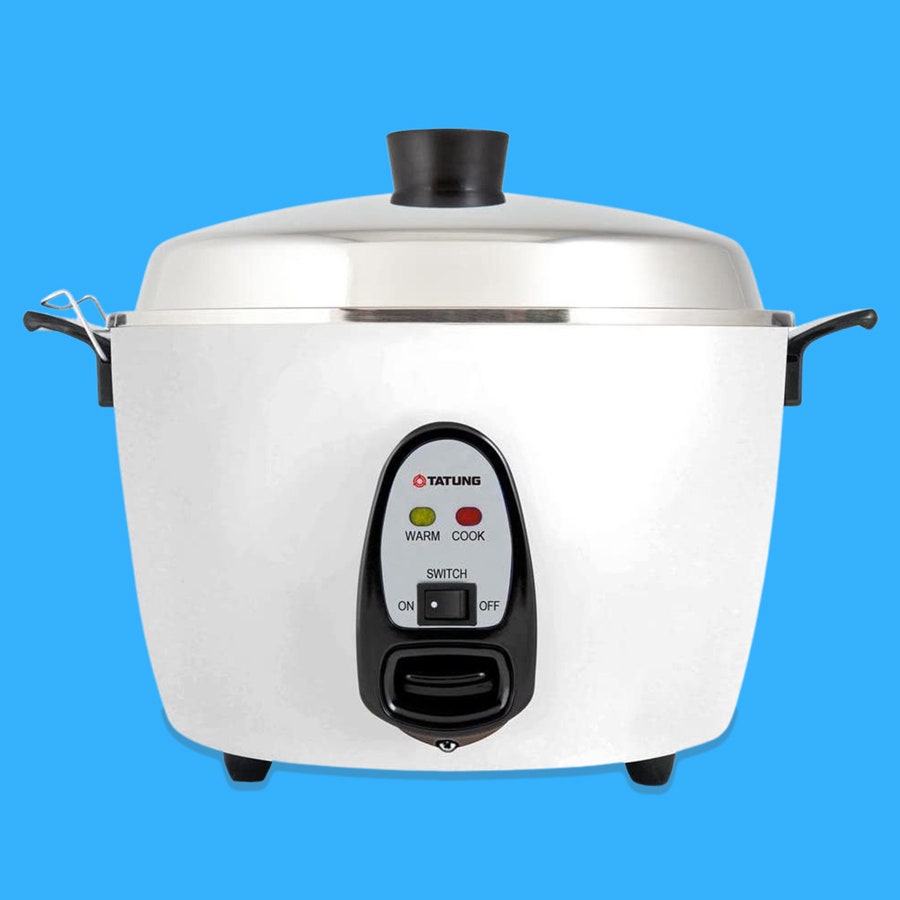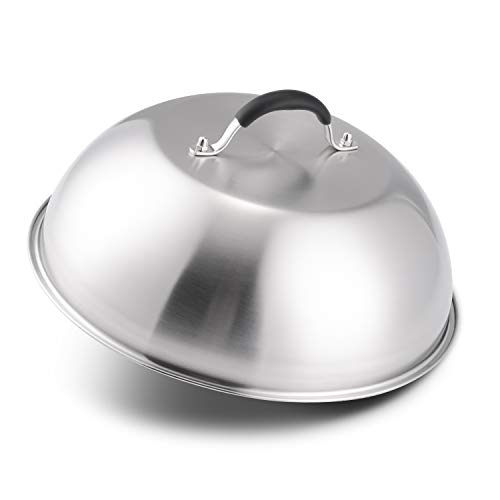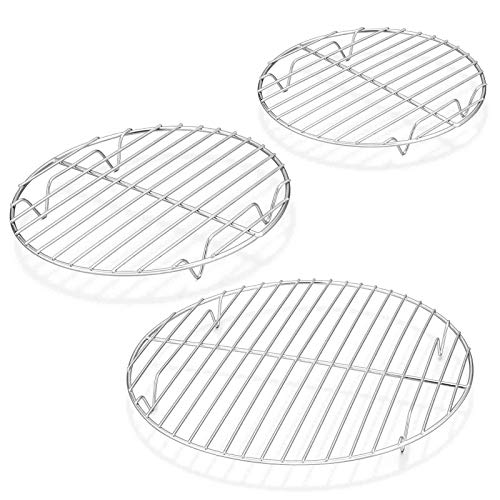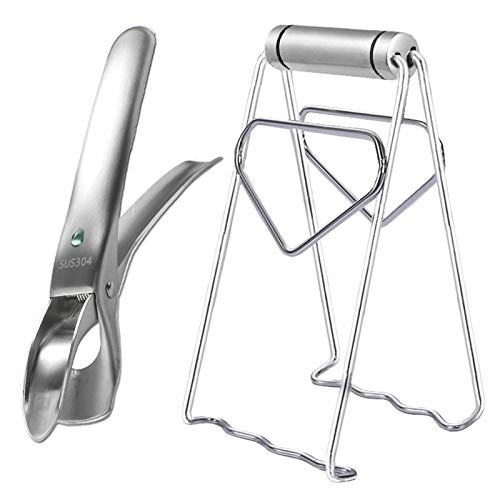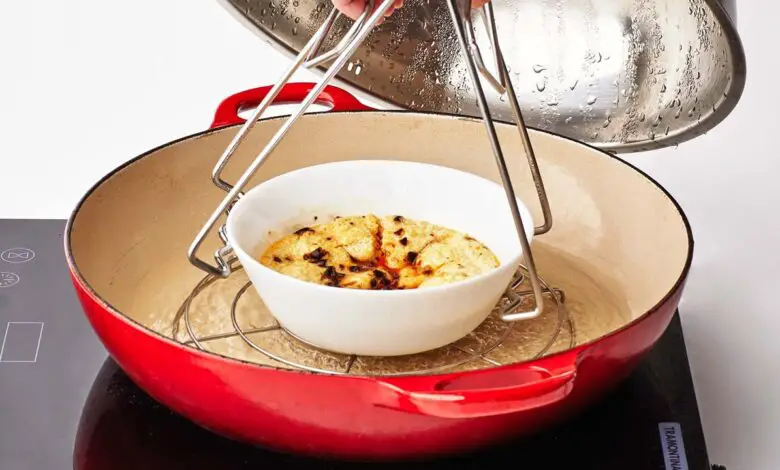
When I was growing up in Taiwan, steaming was the cooking technique I was most familiar with. Just like how nearly every American household has a microwave, nearly every home kitchen in Taiwan has a Tatung steamer. We use it daily to cook rice, steam buns, and even reheat leftovers. It’s considered the most basic piece of cooking equipment—the appliance everyone needs to own in order to “survive” college. Until I moved to the U.S., I didn’t think I could live without one in my kitchen.
But as I became more familiar with cooking on a gas stove, I learned to steam dishes using a wok setup, which allows me to steam bigger items and control the heat better than I could in my Tatung—an amazing appliance I would recommend to anyone who wants consistently perfect rice but that’s limited to what can fit inside it. Once you learn how to rig a steamer with a few pieces of common kitchen equipment, on the other hand, there’s nothing you can’t steam—from fresh crabs to silky steamed eggs to whole fish—and you don’t need a special machine to do it.
Here are a few tips I learned from Taiwanese home kitchens for building and using a simple setup so you can steam pretty much anything you want without relying on steaming baskets or an electronic steamer.
Here’s how to steam:
To make a simple DIY steamer, you only need three items (and you might already have them in your kitchen). The first is a deep vessel to cook in, be it a wok, a pot, or a deep pan. The size of the vessel depends on the size of the food and/or the cooking container. If you’re steaming in a bowl or on top of a plate, that bowl or plate needs to fit completely inside the vessel.
The next thing is a lid to trap the steam. When covered, the lid should not be touching the food. (Imagine your dumpling’s skin sticking on the lid, breaking and losing all the juice—you don’t want that.) It’s helpful to have a dome lid, which provides more overhead room for steam to collect and prevents your food from getting smashed.
Finally, you need something to keep the food from touching the water—otherwise, you’ll just be boiling. You can use any heat-proof item, like an inverted wide bowl that can act as a stand in the boiling water—even three aluminum foil balls would work in a pinch. But my preference is a round cooking rack. Found in most Asian grocery stores and also available online, they’re reusable, sturdy, and just the right size, height, and shape for the job.
To steam, place the rack in the center of the pot. Add about an inch of water—it shouldn’t be touching the highest part of the rack. Cover the pot and turn the heat to medium. When you hear the water boiling or see steam coming out, you’re ready to start. Add your food, re-cover the pot, and let it cook according to the recipe (or your liking).
A tip for removing handling hot dishes (and avoiding painful steam burns): Use a hot dish clip. Yes, dry towels or mitts are chefs’ best friends in the kitchen when handling burning hot pans. But it’s much easier to use the clip to retrieve the dish, especially when towels tend to get wet from steam or boiling water. From Taipei to New York, I always keep a hot dish clip in my kitchen.
As soon as you’ve mastered this basic setup, you can steam almost anything you want at home with what you already have available in the kitchen. All that’s left to do is decide what to steam first. I think these jiggly, custardy steamed eggs are a great place to start.

